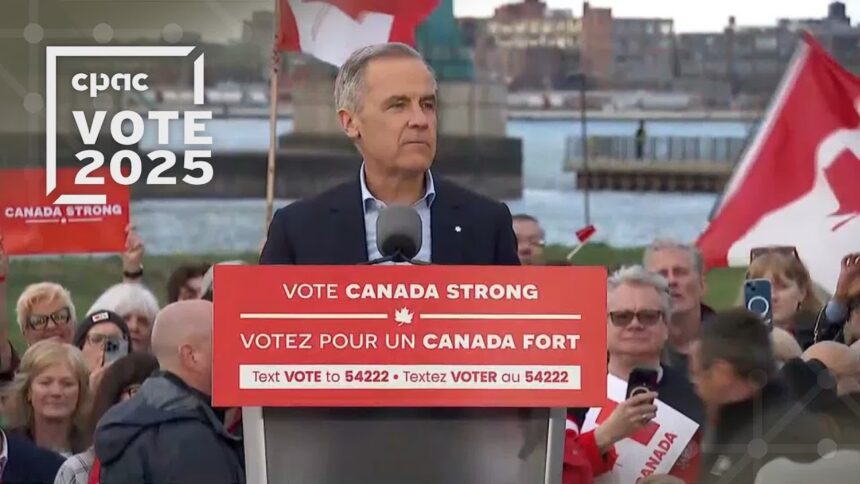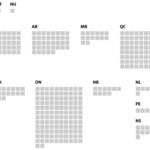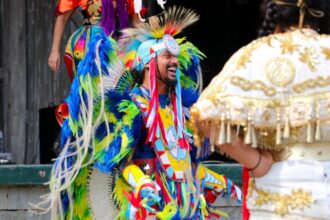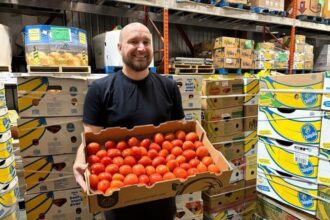Campaign Intensifies in Key Provinces
Liberal Party leader Justin Trudeau intensified campaign efforts across key battleground provinces this weekend, signaling a strategic focus on vote-rich Ontario, Quebec, and British Columbia ahead of Canada’s unexpected federal election. With polls suggesting a tightening race, party leaders are concentrating resources in regions that could ultimately determine which party forms government.
“We’re witnessing an unprecedented level of attention on specific ridings that could swing the entire election,” said Dr. Anita Sharma, political scientist at the University of Toronto. “The concentration of campaign stops in the Greater Toronto Area, Montreal suburbs, and Lower Mainland British Columbia highlights where this election will likely be won or lost.”
The Liberal campaign made five stops in southern Ontario on Saturday alone, focusing on ridings that flipped between parties in previous elections. Meanwhile, Conservative leader Pierre Poilievre targeted Quebec’s competitive regions, where his party hopes to capitalize on declining Liberal support. The NDP under Jagmeet Singh has prioritized British Columbia’s urban centers while defending vulnerable seats in Ontario’s manufacturing heartland.
Ontario’s 905 Region Under the Microscope
Internal polling obtained by CO24 Politics suggests all three major parties see Ontario’s 905 region as crucial to electoral success. “The suburbs around Toronto represent nearly 30 seats that have historically determined which party forms government,” explained campaign strategist Michael Denton. “No party can afford to ignore these voters.”
Changing Dynamics in Quebec
Quebec presents a different challenge, with the Bloc Québécois competing strongly in francophone regions while Liberals attempt to maintain their Montreal stronghold. Recent data analyzed by CO24 News indicates Liberal support has declined by seven percentage points in Quebec since the last election, creating opportunities for Conservative and Bloc gains.
“The election map looks fundamentally different than it did in 2021,” notes Elections Canada veteran Ellen Richards. “We’re seeing traditional voting patterns disrupted by economic concerns, particularly inflation and housing affordability.”
British Columbia’s Competitive Landscape
British Columbia’s Lower Mainland has emerged as another crucial battleground, with all party leaders scheduled to visit Vancouver multiple times before voting day. The region’s 23 federal seats are experiencing three-way races between Liberals, Conservatives, and the NDP in several districts.
Economy Drives Regional Messaging
Economic policies have dominated campaign messaging, with each party tailoring regional approaches. Conservative candidates in Ontario emphasize manufacturing job creation, while Liberals focus on climate investment and affordable housing. The NDP has centralized its message on healthcare improvements across all regions.
According to CO24 Business analysis, regional economic concerns vary significantly: “Atlantic Canada prioritizes healthcare access, Quebec focuses on provincial autonomy in economic planning, while Ontario and western provinces rank inflation and housing costs as top concerns,” explains economist Raymond Chang.
The Road Ahead
As parties deploy limited resources in this shortened campaign period, strategic choices about leader time allocation reveal where each believes their path to victory lies. With just weeks remaining before Canadians cast their ballots, the question remains: will regional targeting strategies succeed, or will unexpected developments in these battleground provinces reshape Canada’s political landscape entirely?










